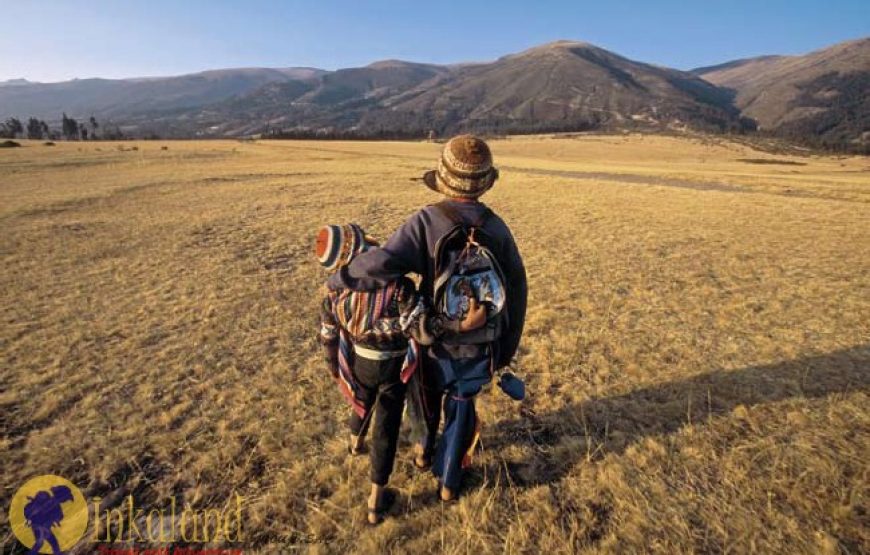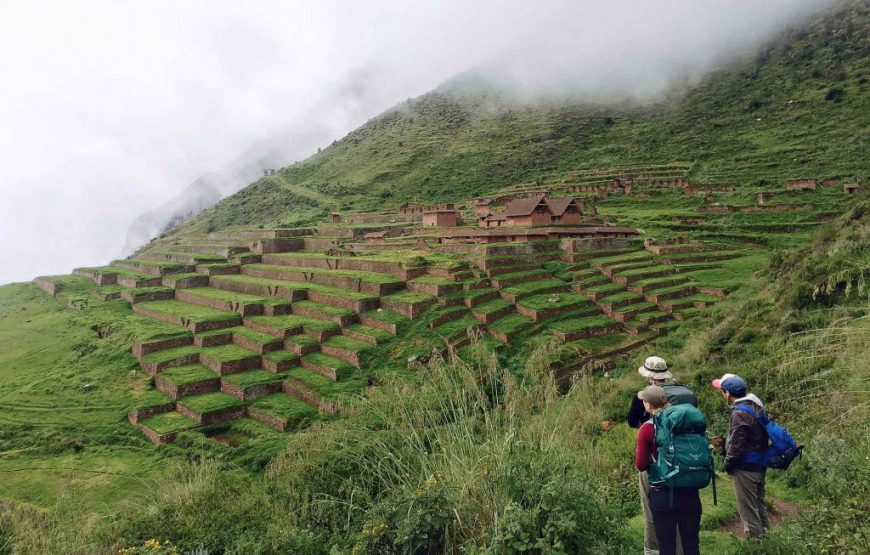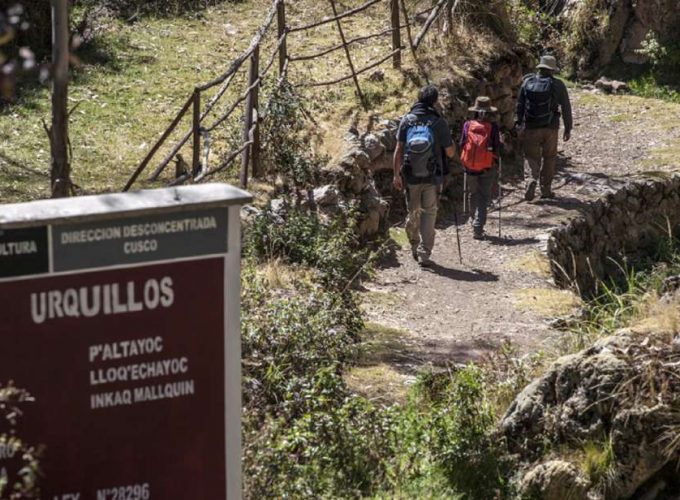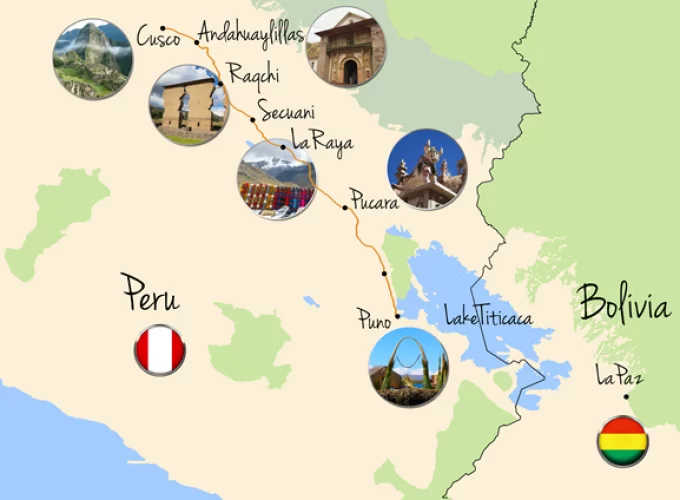Huchuy Qosqo 1 Day Hike
We offer Huchuy Qosqo 1 day hike. Its name is Quechua “Little Cusco”. It lies at an elevation of 3,650 meters (11,800 feet), above the 3000-meter high town of Lamay and the Sacred Valley.
The Huchuy Qosqo 1 day hike, is a stunning route, accessible only by foot, with sweeping views over the Sacred Valley. Besides, the trek surrounded by breathtaking scenery of snowcapped mountain range of Urubamba. Likewise, the Huchuy Qosqo 1 day hike near Sacred Valley is for those who like a challenging hiking adventure.
Above all, the hike leads up to the ruins of “Huchuy Qosqo” before descending a series of switchbacks to Lamay village, the end of your hike. If you have more time, this route can also be organized with Machu Picchu. Explorer
Huchuy Qosqo Trail 1 Day Trek: Daily Departures
Overview of Huchuy Qosqo 1 Day Hike
Early morning pickup at your hotel
Private transfer to the trailhead “Qenqo”.
Walking distance: 16 km / 10 miles.
Estimated duration: Approx. 8 hours.
Highest point: 4000 m. /13,123 ft.
Location: The Andes of the Sacred Valley of the Incas
Difficulty: Moderate – Challenge “Huchuy Qosqo 1 Day Hike”
Price of Huchuy Qosqo 1 Day Hike
We require a minimum of 2 people for this trek, but you can leave any day would you like. The departure is 100% Guaranteed once booked. Request a Quote: We can customize this trek just for you. We guarantee the perfect experience by arranging this tour.
02 people, US$ 120 per person.
03 people, US$ 110 per person.
04 people, US$ 100 per person.
05 people, US$ 90 per person.
06 people, US$ 80 per person.
07 people, US$ 70 per person.
08 people, US$ 60 per person.
09 people, US$ 55 per person.
10 people, US$ 50 per person.
Huchuy Qosqo: The Little Cusco is an archaeological site north of Cuzco, Peru it was originally an administrative and military center as Pisaq, with many constructions around, Inca buildings with perfect fine stones work, graneries structures called Collcas to store and preserve food, because it was an important agricultural center to produce corn. Its name is Quechua for Little Cusco It lies at an elevation of 3650 meters (11,800 feet), above the 3000-meter high town of Lamay and the Sacred Valley. The site received its name in the 20th century previously it had been known as Kakya Qawani. Pedro de Cieza de León, in his Second Chronicle of Peru, claimed that the palaces were built by Viracocha, the Eighth Inca. Amongst a large number of buildings, some stone, some adobe, is a kallanka (great hall), 40m long. Providing water to the site is an Inca built irrigation channel, lined with stones for about 800m. The site is inaccessible by public road.







